Scientists once thought that only humans and our closest relatives, chimps, were clever enough to use tools. But as our documenting of the natural world has gotten more detailed—and as we’ve become less haughty about our supposed superior intellect—we’ve found that many species are actually deft with sticks, stones, and other implements. Here are a few of the lesser-known tool users that have been discovered in recent years.
Puffins
Researchers observed puffins using tools for the first time ever in 2018, as the seabirds grabbed sticks to scratch themselves. Video taken in the North Atlantic showed one adorable puffin picking up a short stick with its bill and moving it about its chest, in what appeared to be a scratching motion. The scientists believe they were either relieving an itch or trying to remove ticks. While other birds, particularly crows and parrots, are well known to use tools, that same isn’t true for birds like puffins. “Seabirds’ cognitive capacities may have been considerably underestimated,” the team wrote in their study.

Pigs
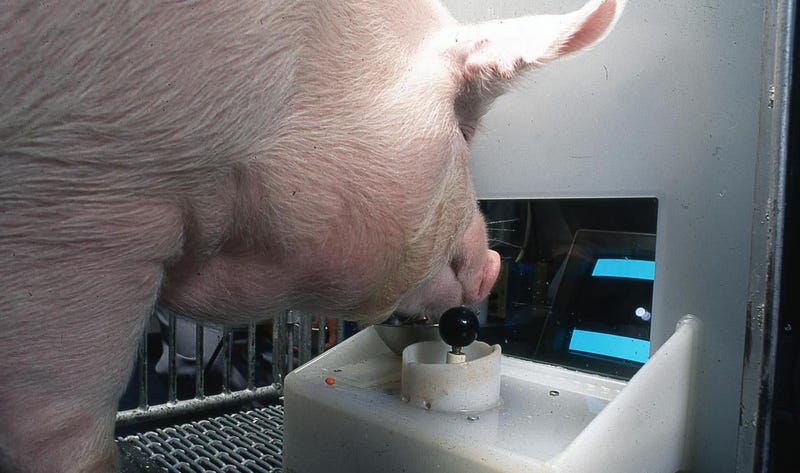
Once depicted only as loafing slobs, pigs are starting to get more of the respect they deserve. Recent discoveries have shown the animals to be sensitive, personable, and above all, smart. Warty pigs used bark and sticks to build nests in a series of experiments conducted in the mid-2010s, and last year, researchers reported that pigs taught themselves to play video games in order to receive food treats. And as gamer will tell you, a well-used video game controller is the best kind of tool.
Octopuses
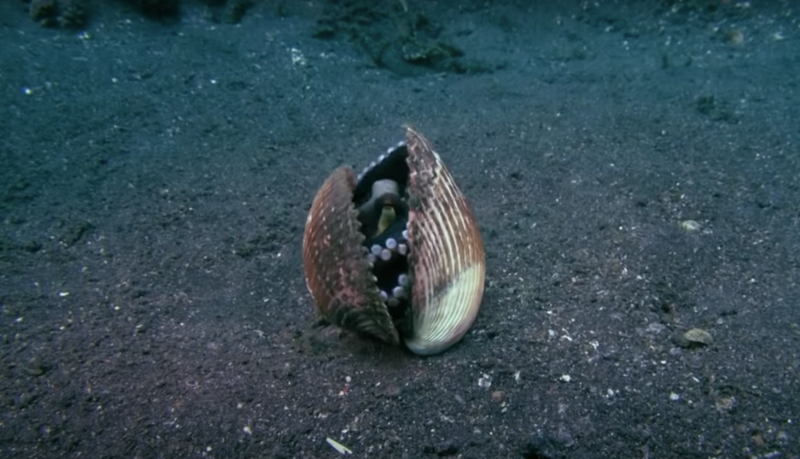
These tentacled undersea mollusks are some of the only invertebrates known to use tools. Jon Ablett, a senior curator of mollusks at London’s Natural History Museum, said: “As well as solving tasks using tools to get food rewards in the lab, in the wild octopuses have been shown to build little dens, and to use stones to create sort of shields to protect the entrance.” Some common blanket octopuses have even been known to use Portuguese man o’ war tentacles as weapons—that’d be like you using another person’s severed arm to slap people around.
Dolphins

Dolphins are known to use tools for hunting; the marine mammals will chase fish into shells that they then bring to the surface, shaking the piscine prey out of their hidey holes. But researchers in the Red Sea recently discovered another way dolphins use their environment to their advantage. In May, a team of scientists published a paper describing how dolphins in the sea will rub their bodies against specific coral species, in what seems to be an act of self-medication. The process is called (brace yourself) zoopharmacognosy, and the scientists believe the dolphins were trying to get the coral to release mucus, which has antibacterial properties.
Ants
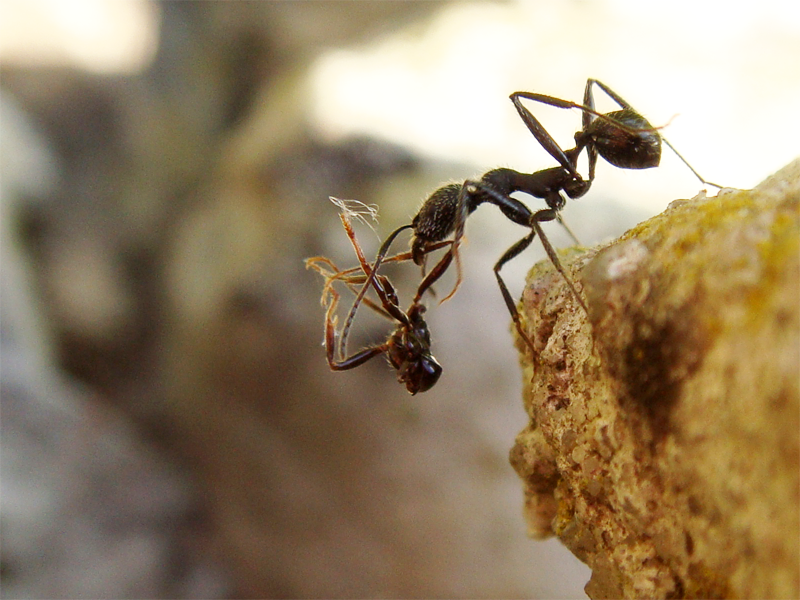
Several ant species are known to use tools, usually because they want to transport liquid. In a 2020 study, researchers watched fire ants move grains of sand in order to siphon sugar water out of containers. In another experiment, funnel ants were seen using pieces of sponge and paper—not items they would naturally be familiar with—to soak up liquid food and carry it to their nest.
Sea Otters

These furry marine mammals are known for using rocks to break open the shells of ocean invertebrates, to get at the meat inside. According to the Oregon Coast Aquarium, sea otters can hammer abalone at a rate of three strikes per second to break the gastropod away from its roost on the ocean floor. What’s more, the way otters use tools varies depending on their ecological niche; otters that eat urchins are less likely to use tools than those that dine on snails. Archaeologists can even study the rocks the otters use, called “anvil rocks,” as a means of understanding how the animals use their habitat.
Crocodiles
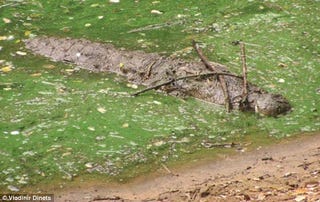
Crocodiles and alligators are so far the only reptiles known to use tools. In 2013, researchers described how mugger crocodiles in India and American alligators in the U.S. both used sticks as lures to catch prey. They’d lurk near water birds, balancing sticks on their noses. The birds would approach to snag a twig for nest building, only to be snagged themselves by some of the strongest jaws in the animal kingdom. If you ever see a small stick on top of a log in the water… maybe just let it lie.
Bonus: Cockatoos
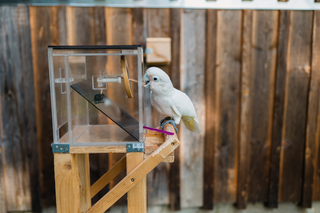
We know many birds use tools—but how about entire toolboxes? Researchers working with Goffin’s cockatoos found that the birds can not only use tools like sharp sticks and straws to access food, but they can flexibly switch between implements based on their need. They even knew to bring along more than one needed tool before starting their efforts. “We’ve learned how dexterous the cockatoos are when using a toolset, and we have a lot of things to follow-up on,” one of the researchers, Antonio Osuna-Mascaró, said in a statement. “The switching behavior is very interesting to us, and we are definitely going to use it to explore their decision making and their metacognition—their ability to recognize their own knowledge.”
In other words, while some animals will occasionally use tools, the cockatoos were clever enough to manipulate a toolkit to their will during the course of a single task.
